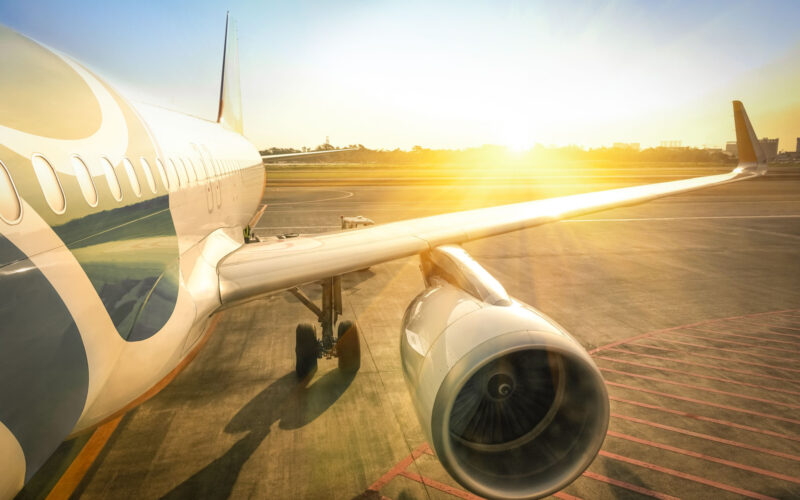Are you a traveler looking to save money on airfare or maximize your time at your destination? If so, you might want to consider taking a red-eye flight.
AeroTime has compiled a comprehensive guide detailing red-eye flights, the pros and cons, how common they are, where they are based, and how expensive they can be.
It also explores short versus long-haul and economy versus business-class offerings, potential health risks related to catching these overnight flights, and provides some helpful tips for passengers. We also throw in a few handy facts before offering our final verdict.
What are red-eye flights?
A red-eye flight is a nonstop overnight flight that typically departs late at night and arrives early in the morning. These flights are often scheduled to allow travelers to arrive at their destination before or at the start of the business day or to save travelers a night’s stay at a hotel.
Red-eye flights are also popular with budget-conscious travelers, as they are often cheaper than daytime flights because they are less popular.
How common are they?
Red-eye flights are common on popular routes such as transatlantic and transpacific flights, as well as on domestic flights within the United States, especially on routes between the East and West coasts.
Many airlines offer red-eye flights, including Cathay Pacific, Singapore Airlines, Delta Air Lines, American Airlines, and JetBlue Airways, among others. These airlines offer red-eye flights on a variety of routes, including between North America, South America, Europe, Australia, Africa, and Asia.
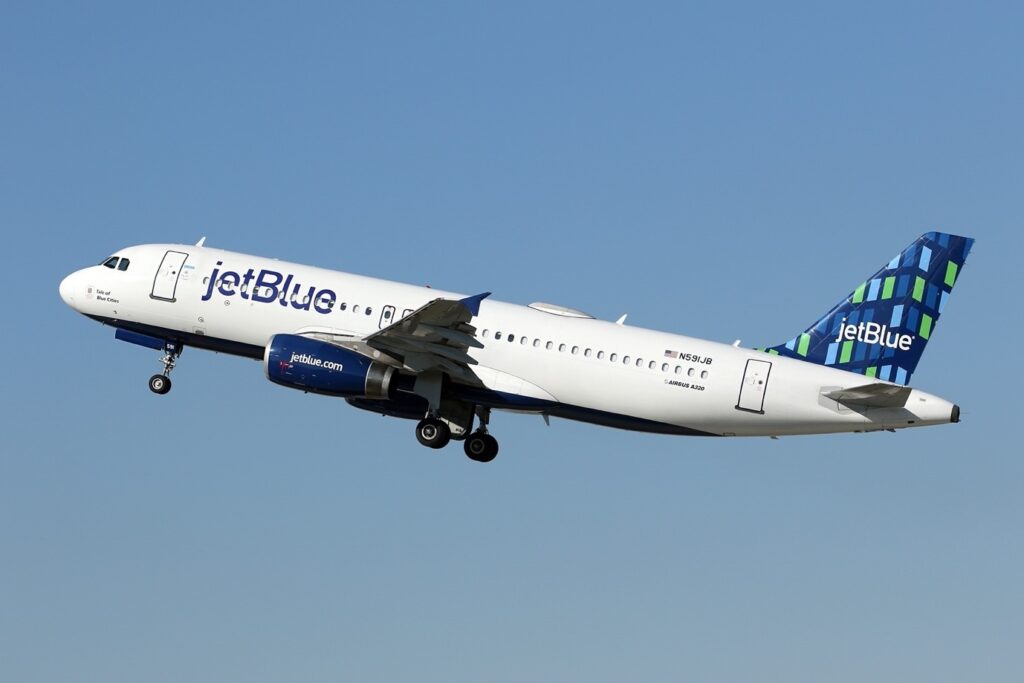
Where are red-eye flights based?
Red-eye flights can be based anywhere, but they are often based in large airports with many flights, such as New York’s John F. Kennedy International Airport (JFK) or Los Angeles International Airport (LAX). These airports are often hubs for major airlines offering connections to other destinations.
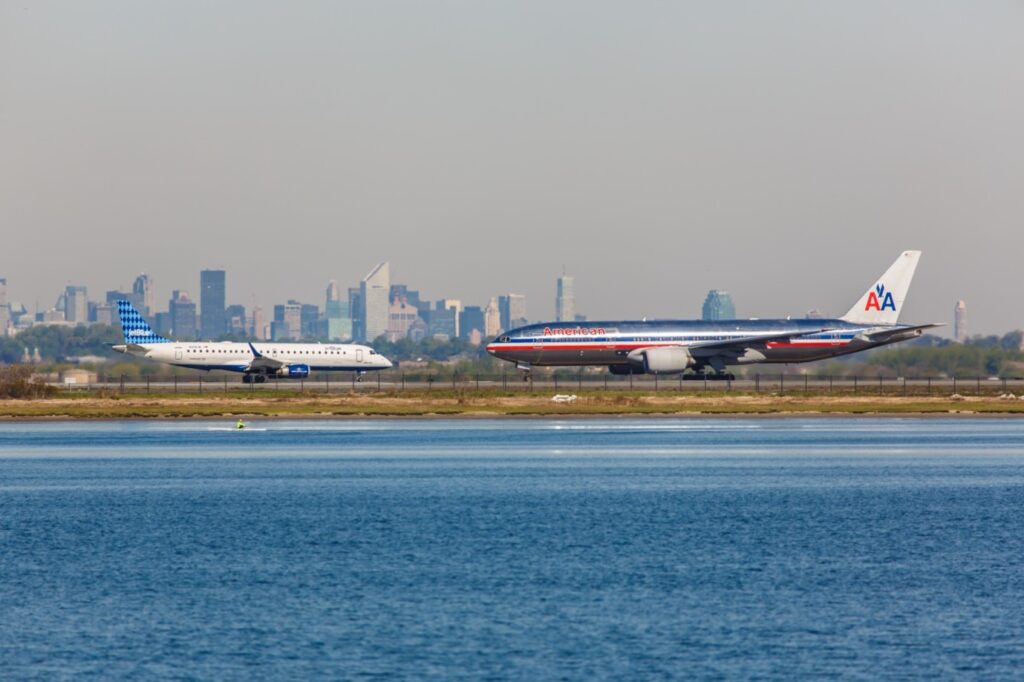
How expensive are they?
The price of a red-eye flight will depend on your circumstances and preferences. If you are traveling from New York to Los Angeles, a red-eye flight might cost less than a daytime flight, especially if you are willing to sacrifice some comfort for the savings.
But if you are flying from New York to London, a red-eye flight could work out to be more expensive than a daytime flight because it’s longer and airlines might charge more for the convenience of overnight travel.
Another factor to consider is the time of year. Taking a red-eye flight during peak travel times, such as holidays or summer vacation, could end up costing more because demand is high, and airlines could raise ticket prices.
Additionally, the type of airline you choose can affect the price of a red-eye flight. Budget airlines tend to offer lower prices overall but may charge extra fees for things like seat selection or baggage. Full-service airlines may offer more amenities, but their red-eye flights can still be more expensive.
It’s always a good idea to compare prices for both red-eye and daytime flights to see which option makes the most sense for you.
How to find red-eye flights?
Finding red-eye flights is relatively easy and most major airlines offer this service on popular routes.
Here are some specific examples of how to find red-eye flights:
- Use airline websites: Many airlines offer red-eye flights on their websites. To find them search for flights departing late at night or early in the morning. For example, if you want to find a red-eye flight from New York to Los Angeles on Delta Air Lines, you can go to the Delta website and search for flights departing after 9 pm and arriving before 7 am.
- Use online travel agencies: Online travel agencies like Expedia, Kayak, and Orbitz also offer options to search for red-eye flights. When searching for flights on these sites, look for options to filter by departure and arrival times. For example, on Expedia, you can select “Late Night” or “Early Morning” as the departure time to find red-eye flights.
- Use metasearch engines: Metasearch engines like Skyscanner and Google Flights also offer options to search for red-eye flights. These sites allow you to compare prices across multiple airlines and search for flights departing late at night or early in the morning. For example, on Skyscanner, you can select “Overnight” as the departure time to find red-eye flights.
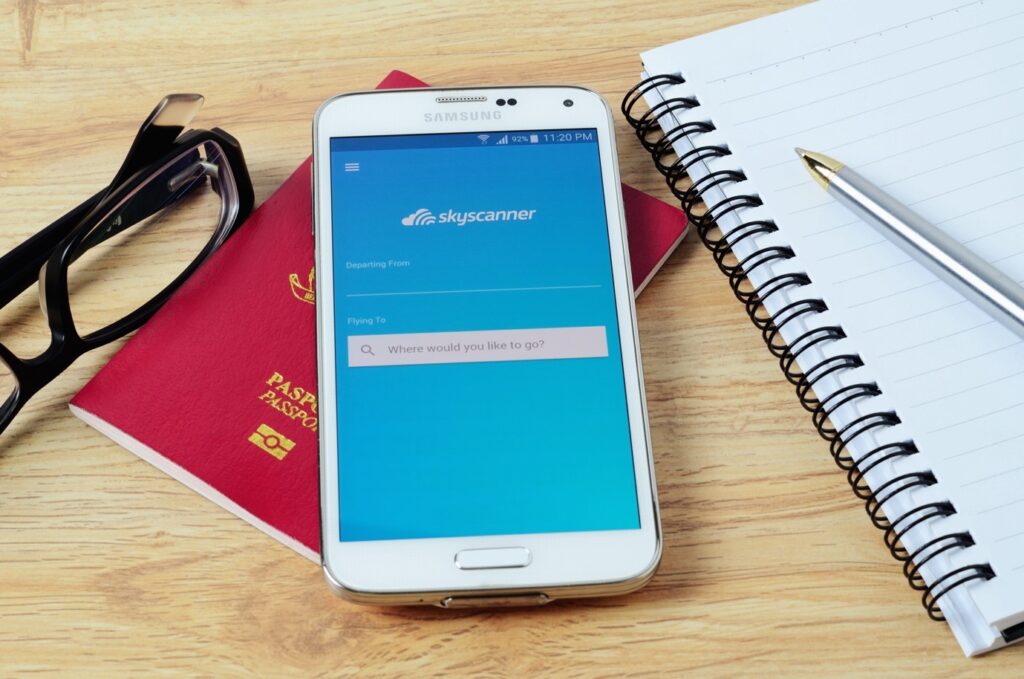
Short versus long-haul red-eye flights
Short-haul red-eye flights typically last between two and six hours, while long-haul red-eye flights can last 10 hours or more. Short-haul flights are often used for domestic travel, while long-haul flights are popular for international travel.
Additionally, short-haul red-eye flights are often used for business travelers who want to maximize daytime productivity by arriving at their destination early in the morning. Long-haul red-eye flights, however, are popular among leisure travelers who want to save money on accommodation and arrive at their destination in the morning, ready to start their day.
Economy versus business class
There are some notable differences between flying in economy class and business class on a red-eye flight.
Economy class passengers on these flights usually have less legroom and narrower seats than those in business class. While some airlines may offer extra amenities such as blankets, pillows, and eye masks, the overall experience is more basic. The lack of space and comfort can make it difficult for passengers to sleep, especially if the flight is long or turbulent.
Business class typically offers more space and comfort for sleeping, with seats often reclining into fully flat beds. Passengers may also have access to additional amenities such as noise-cancelling headphones, luxury bedding, and personal entertainment screens. In some cases, airlines may also offer gourmet meals and complimentary alcoholic beverages to business class passengers.
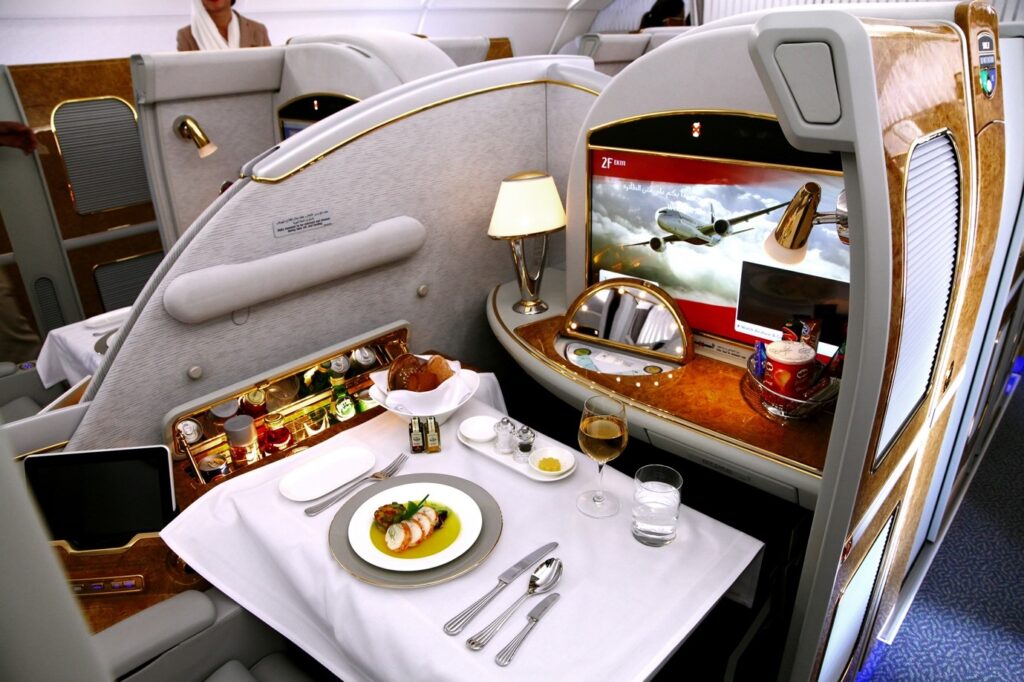
Pros and cons of red-eye flights
Pros:
- Lower prices compared to daytime flights.
- Arrive at your destination early in the morning, allowing you to make the most of your day.
- Fewer passengers on the flight, resulting in a quieter and more peaceful flight experience.
- Opportunity to sleep on the flight and arrive at your destination well-rested.
Cons:
- Difficulty sleeping on the flight due to cramped seats and noisy passengers.
- Fatigue and jet lag upon arrival, which can affect your productivity and enjoyment of your trip.
- Limited meal and beverage options on the flight.
- Increased risk of flight delays or cancellations, which can disrupt your travel plans.
Are there any health risks?
Red-eye flights can pose some health risks, especially for travelers who have trouble sleeping on planes or who have pre-existing medical conditions. The main health risks associated with red-eye flights include fatigue, jet lag, and dehydration.
Travellers should take steps to minimize these risks, such as staying hydrated, avoiding caffeine and alcohol, and making sure to get up and move around during the flight.
Best tips for passengers to make the most of red-eye flights
- Book a carry-on bag
Booking a carry-on bag instead of a checked bag can be a great way to save time and money on a red-eye flight. With carry-on travelers can avoid the time and hassle of checking a bag, waiting at baggage claim, and risking lost or delayed luggage.
- Choose a comfortable seat
Choosing a comfortable seat is essential for a good red-eye flight experience. Travelers should try to book a window or aisle seat near the front of the plane to minimize disturbance from other passengers and make it easier to get up and stretch or walk around during the flight.
- Wear comfortable clothing
Wearing comfortable clothing is crucial for a good red-eye flight experience. Travelers should wear loose-fitting, breathable clothing and comfortable shoes that are easy to slip on and off for security checks.
- Bring a travel pillow and blanket
Bringing a travel pillow and blanket can help travelers get comfortable and grab some sleep on a red-eye flight. Travellers should look for lightweight and compact options that can easily fit in a carry-on bag.
- Stay hydrated and avoid caffeine and alcohol
Staying hydrated is essential. Travelers should bring a refillable water bottle and drink plenty of water throughout the flight. Passengers should also avoid caffeine and alcohol, as they can disrupt sleep and increase dehydration.
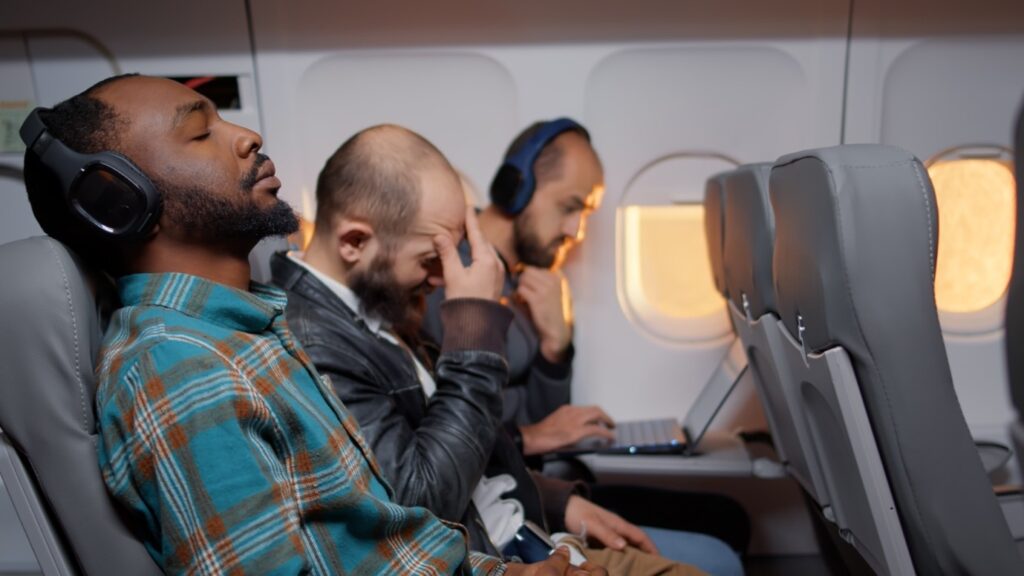
Interesting facts about red-eye flights
- The term “red-eye” comes from the red eyes that passengers often have after a sleepless overnight flight.
- The first red-eye flight was operated by American Airlines in 1959.
- The busiest red-eye flight in the world is the flight from Los Angeles to New York, which operates more than 25 flights per day.
Final verdict
Red-eye flights can be a great way to save money on airfare and maximize time at a destination. However, they can also be tiring and disruptive to sleep patterns. Travellers should carefully consider their needs and preferences when deciding whether to book a red-eye flight and take steps to minimize the potential risks and maximize the benefits.
But with the right preparation and mindset, red-eye flights can be a convenient and enjoyable way to travel.

